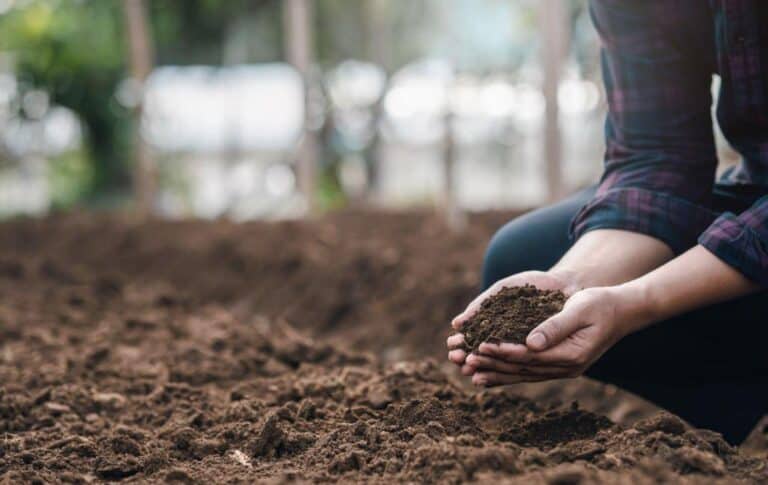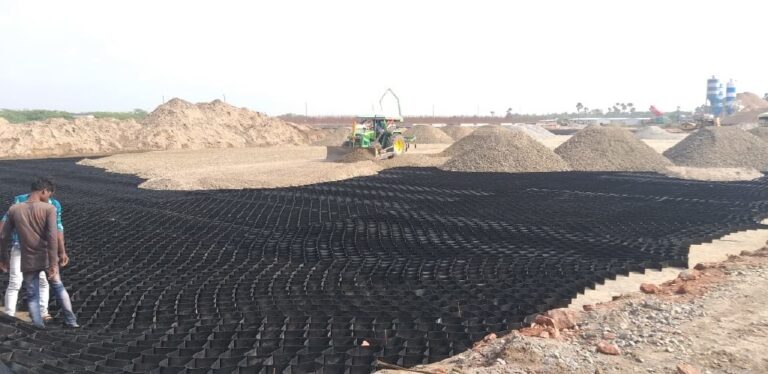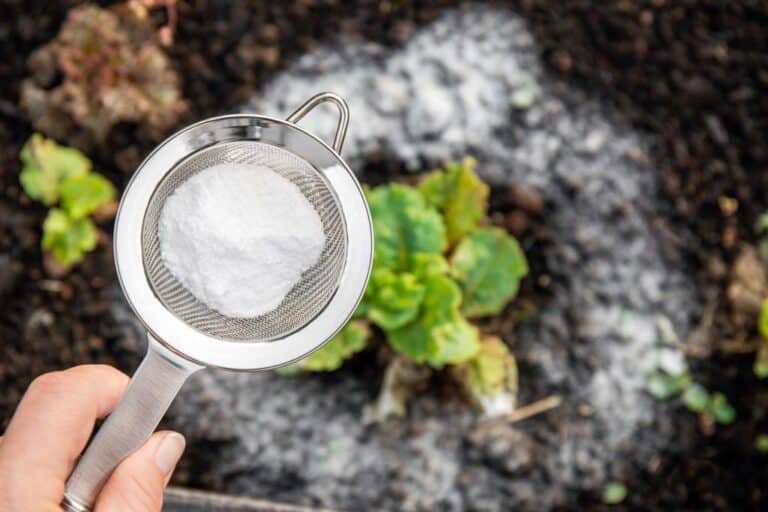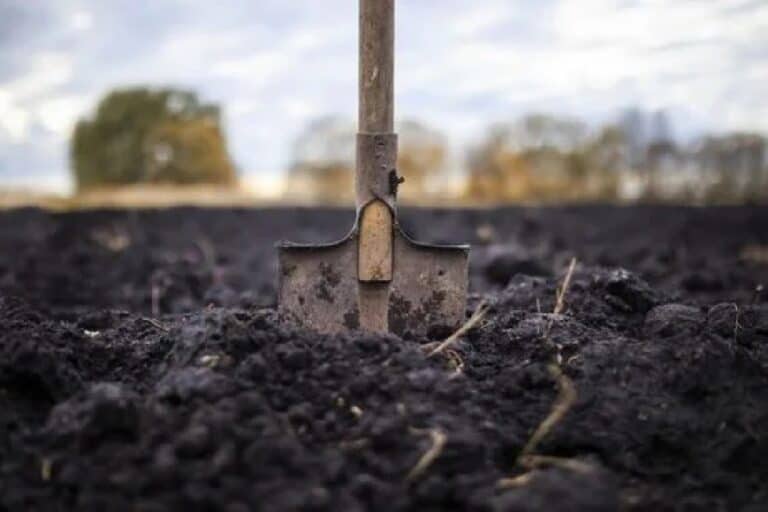Planting Green Bean from Seeds (In Container, Raised Bed, and Garden)
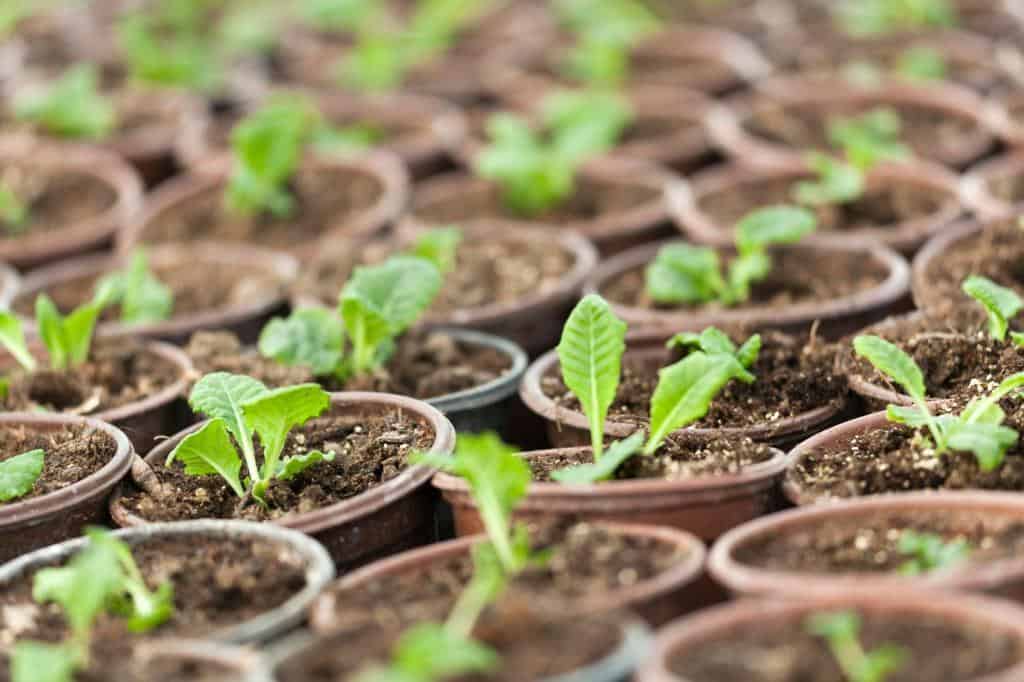
Growing green beans from seeds is fun and rewarding, especially for people who want to start gardening.
Starting from a tiny seed, you can watch your green bean plants grow over the course of a few months and eventually harvest them for delicious dishes.
Planting green bean seeds might seem difficult at first, but it’s not at all difficult once you know the basics. With the right knowledge, tools, and environment, your green bean seeds will be sprouting in no time!
In this article, we explore planting and growing green beans in many different mediums: pot, starter tray, raised bed, and outdoor garden. Learn how to cultivate this plant with its specific needs.
Planting Green Beans From Seeds Vs. Seedlings
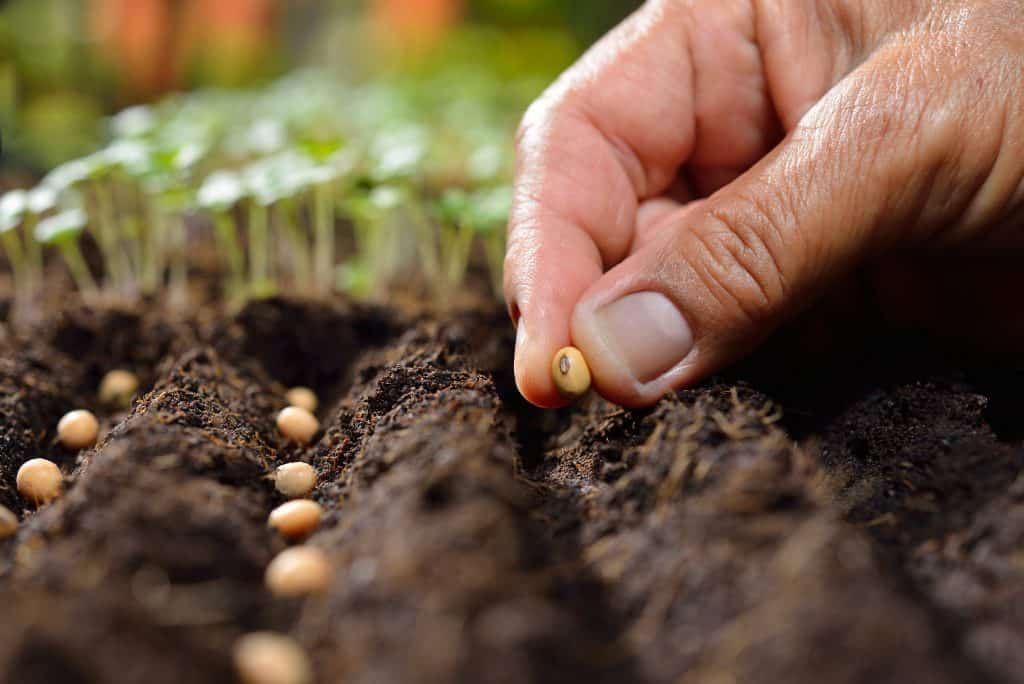
Growing green beans can be a rewarding experience for gardeners, but the journey starts with selecting whether to plant from seed or seedlings.
Planting green beans from seeds usually takes longer and requires more work than buying seedlings that are already ready to grow. For the serious and committed gardener, starting from seed gives them more control over how long it takes for their plants to grow and lets them choose varieties that may do better in their climate or soil.
Planting from seed can be a more cost-effective way to get your garden growing, but it takes more patience and effort than planting with seedlings. When you plant from seed, you have to wait for the seeds to germinate and start growing before you can see any results.
Seedlings, on the other hand, provide a faster path to planting as they are already established plants with established root systems that are ready for transplantation into the ground. This can be especially helpful if you have a short growing season, as you will not need to wait as long for your green beans to mature.
On the other hand, when planting from seedlings, you can get green bean plants established in your garden much faster. If you are short on time or just want to make sure that your bean plant crops are successful, purchasing green bean plants as seedlings may be the best option.
However, if you enjoy watching plants grow and developing them over time, starting with seeds is a great way to learn about gardening while also getting some beautiful results!
SUMMARY
Planting from Seeds


- Can select individual varieties
- More control over germination time
- Better cost-effective
- Great way to learn gardening
- Takes longer time to plant
- Need more effort and patience
- Riskier, may not germinate and grow
Planting from Seedlings


- Faster path to planting
- Best option for short growing seasons
- More resistant to pestsLess riskier
- More expensive
- Less varieties to choose
- Pose threat of introducing weeds and disease to garden
Should I Soak Green Bean Seeds Before Planting?
It is not necessary to soak green bean seeds before planting. The point of soaking seeds before planting is to increase germination rates and speed up germination.
The main factors that will affect germination are soil temperatures and moisture availability. If you’re worried about the viability of seeds, you can easily sprout them with the paper towel method.
It’s a popular method, and there are videos and better descriptions out there, but basically, you keep the seeds wrapped in moist paper towels in a ziploc bag in a warm area, and the seeds should sprout in 2–3 days. The seeds can still be planted this way.
Ideal Soil Condition for Planting Green Beans Seeds
Bean seeds should be planted when soil temperatures reach 60 degrees or higher. The optimum soil temperature for green bean seed germination is 80 degrees
Soil temperatures can be measured with a soil thermometer. The cheap ones are basically meat thermometers that read down to lower temperatures.
Knowing the soil temperatures along with the last frost date is the best way to know when to plant different seeds directly in the garden. When warm-weather crops are planted later in the season, the last frost date becomes meaningless because all risk of frost has passed.
Soil moisture is a key element for successfully planting green beans. The soil should be moist enough for the seeds to germinate and produce healthy, vibrant plants. If the soil is too dry, there will not be enough water available for the seedlings to grow, and they may die off quickly. Therefore, it is important to properly prepare your soil before planting green beans.
Use a mix of compost and mulch to keep water in the soil all through the growing season when you are preparing your soil. This simple tips on growing green beans will give your green beans access to both moisture and nutrients that are essential for their growth.
Should I Water Green Bean Seeds After Planting?
You should water green bean seeds after planting them and before they sprout. Moisture is essential for germination. It activates catalysts within the seed that create the germination process.
Moisture also weakens the seed shell, and when it combines with the proteins and starches within the seed, it produces a soluble that feeds the small plant embryo.
Watering right after planting gives seeds the moisture they need to germinate and helps set them in place where they were planted.
Continue to water the seeds where they are planted until the plants sprout, and then after! However, do not leave the seeds in a puddle of water. Wait until the soil has mostly dried out, and then water again. It doesn’t need to be bone dry to be used again, just needs to be mostly dried out.
Also, if you have access to an irrigation system or sprinkler system, think about using it to make sure your plants get enough water on a regular basis without you having to water them by hand every day.
How To Plant Green Bean Seeds in a Starter Tray
Plant green bean seeds in starter trays at a depth of 1/2 inch. Create a hole with a pen or similar object, then place the seeds inside. Be sure the seeds are completely submerged, and then gently water from the bottom.
Fill the bottom of the tray or other container with about 1/4 inch of water to water a starter tray from the bottom. Put the starter pots or tray inside the flat tray with water and wait about 30 to 45 minutes.
Check on the pots or tray by feeling the top of the soil mix. If it feels moist, water has made its way up through the soil, and the rest of the water can be discarded in the container’s bottom.
Lifting the tray and feeling its weight is a good way to know when to water it again.
How To Plant Green Bean Seeds in a Pot
Growing green beans in a pot is an easy, inexpensive way to add fresh vegetables to your diet. It also gives you more control over the growing environment, which makes it a great choice for people who have never grown plants before.
In order to successfully grow green beans in a pot, it’s important to first understand why you should choose this method of gardening and what supplies are necessary.
Give green bean plants at least 3 gallons of dirt per plant. Use containers that are at least 12 inches deep, and if you’re using something from around the house, make sure to make holes for good drainage at the bottom.
How far apart to plant green beans in a pot? Plant seeds 1″ deep with 6″ of space in between them. If you’re using a 10-gallon container, plant 2-3 green bean plants. You can plant in shapes for easy spacing: a triangle, a diamond, a pentagon, and a hexagon.
How To Plant Green Bean Seeds in a Raised Bed or Garden Plot
The appropriate spacing for green beans, according to most seed distributors, is every 4′′ in a row for bush beans and every 6′′ in a row for pole beans, with seeds planted 1′′ deep.
Bush beans are planted in rows 2-3 feet apart, and the distance between rows of pole beans is similar but depends on the trellis system that a grower will use.
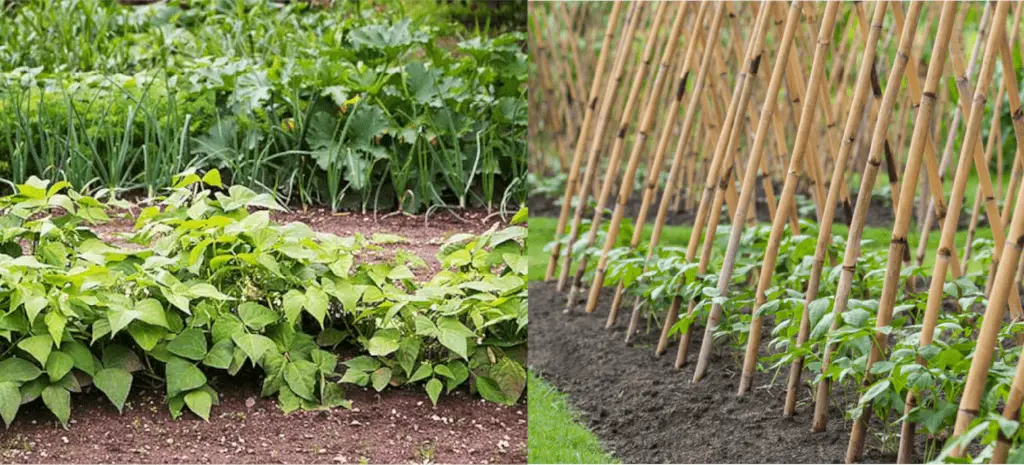
Common practice is to plant green bean seeds closer together, every 2′′ for bush beans and every 3′′ for pole beans, and then thin down to the desired spacing when plants reach about 4′′ tall.
To thin plants, pick plants that are too close together or plants with poor growth and shear them off right above soil level.
It’s good gardening practice to shear the plants and not pull them out to avoid disturbing the roots of the plants you want to leave.
To plant the seeds, take a tool or a stick and make a straight line in the dirt. For pole beans, make a hole 1 inch deep every three inches. For bush beans, make a hole 1 inch deep every two inches.
Put the bean seed in the hole, cover with dirt, and tamp down lightly. If you’re growing pole green beans, you’re going to need to have some support in place. If you set up the support before planting, you’ll be sure not to disturb the roots.
How To Save Green Bean Seeds for Next Year’s Crop
Saving green bean seeds from year to year is an easy way to increase your harvest of green beans and save money on buying new seeds each season.
If you’re looking for an easy way to save bean seeds for next year’s crop, here are some simple steps you can follow.
- The first step is harvesting the pods when they reach full maturity. Select the most mature green bean plant in your garden (bush beans work best).
- This usually happens about two weeks after pollination. As beans mature, check them often and collect the pods that are brown and dry.
- Once the pods on the plant are fully grown and dry, harvest them and spread them out in a cool, dry place to let them finish drying.
- Once they’re completely dry, gently open the pods and remove the seeds. Be careful not to damage or break them in the process.
- Place them in a single layer on a paper towel or newspaper. Spread these out on a newspaper or paper plate to make sure they’re not clumped together and until they dry completely.
- When they’re completely dry, store the seeds in an airtight container or envelope until you are ready to use them.
- With proper storage methods like this, you can keep your green bean seeds viable for up to 5 years!

